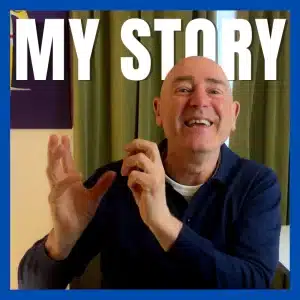Todd Sattersten wrote a great article in his Biz Book Lab newsletter recently exploring the future format of The Paperless Book. He asked for some feedback and this is what I wrote…
The Electronic Drawing Board
I went through the same thinking process many years ago in my earlier career as an architect. I wrote a book called ‘The Electronic Drawing Board’ and drew similar analogies – describing the new computer tool in contrast to the old drawing board.
As you point out, language is a set of frames. The term ‘book’ frames expectations of what we are going to get.
The Horseless Carriage
The ‘horseless carriage’ is a transition frame. It’s says lets move into the future with this past frame intact. Over time, this slowly breaks down in chunks…
Horse and Carriage > Horseless Carriage > Motor Carriage > Motor Car > Car.
The term ‘automobile’ was the new name however it is used less often – some things from the past stick.
The Obvious Paperless Book
There is one thing out there already, and that has been out there for a while that does replace the book in all the ways you describe. It updates, it lets you leave your bookmarks, lets you converse with your audience… It’s called the world wide web. Today it is also called a blog. This is the paperless book!
I’m not trying to be facetious here.
It is precisely the thing that replaces the book. Yet, it is of such a different form that we don’t see it.
Cognitive Blindness
One of the classic examples of this was when English explorer Captain James Cook arrived in Botany Bay, near Sydney Australia in 1770. He travelled in a tall sailing ship, The Endeavour. It was 100 feet in length with a mast of a similar height. In his log Cook described that they sailed to within a few hundred feet of the shore and could clearly see the local aboriginals standing there. He also notes that they had no reaction to their arrival. Cook organised a launching party and it was only when his men stepped down into a small row boat that the locals became agitated.
This is an example of ‘cognitive blindness’. It roughly means we cannot see what is front of us because of our brain not our eyes. It is suggested because the aboriginals did not have any large scale technology comparable to the tall sailing ship they literally did not and could not see the Endeavour even though it was clearly in their line of sight.
Why We Book
People will continue to look at books through the eyes of what a book was. An ebook, such as the old Book Rapper pdfs is easily recognisable. My blog which at times contained exactly the same words and diagrams was not considered a book.
The danger here, as the old case study of the American railroad industry shows, is to get stuck in ‘what’ we do and ‘how’ it is done.
The opportunity here, to follow Simon Sinek’s ‘Start With Why‘, is to stay attuned to ‘why’ we would have books in the first place. This will free us from the frame ‘book’ and let us see the future more clearly.




